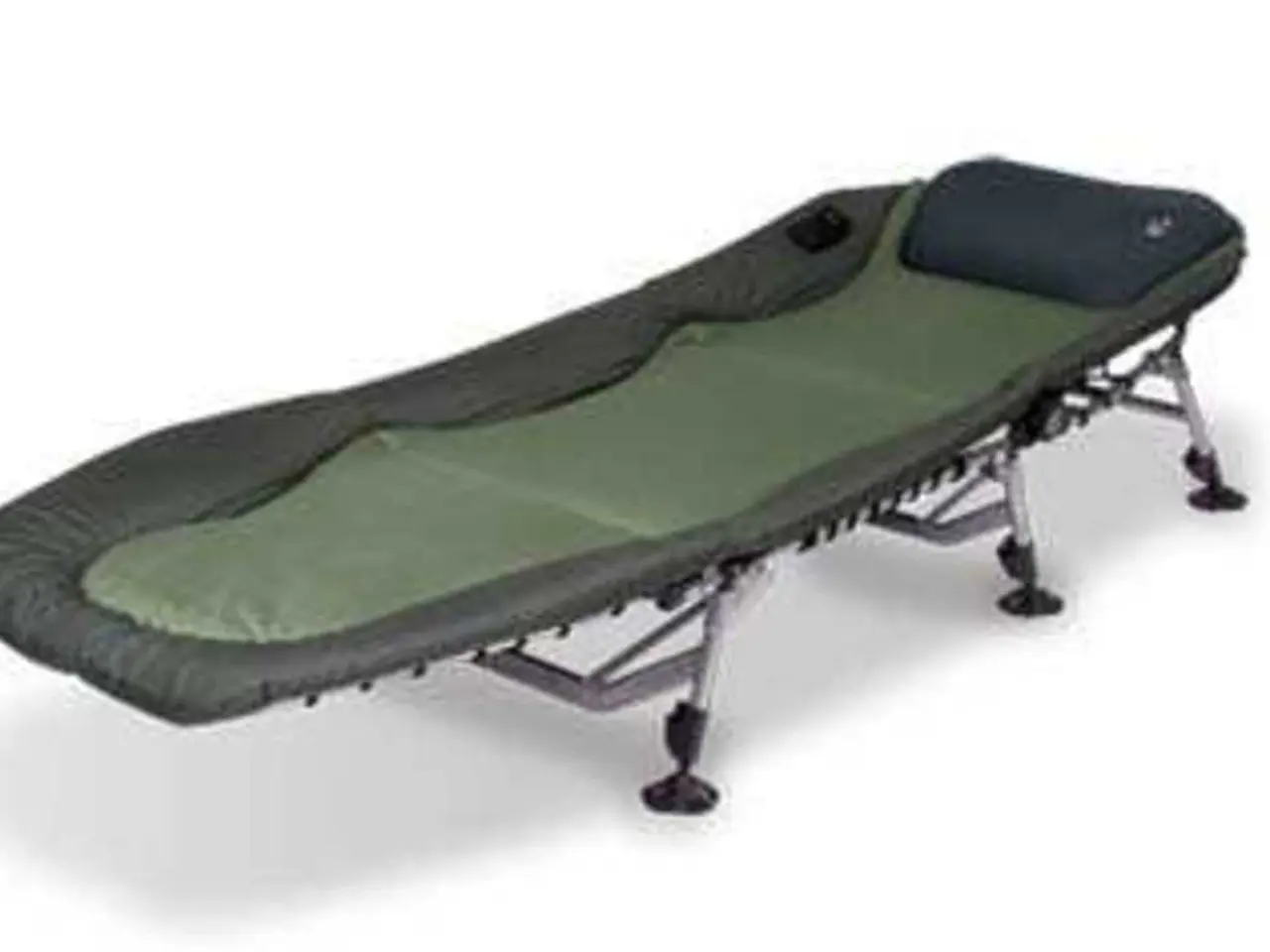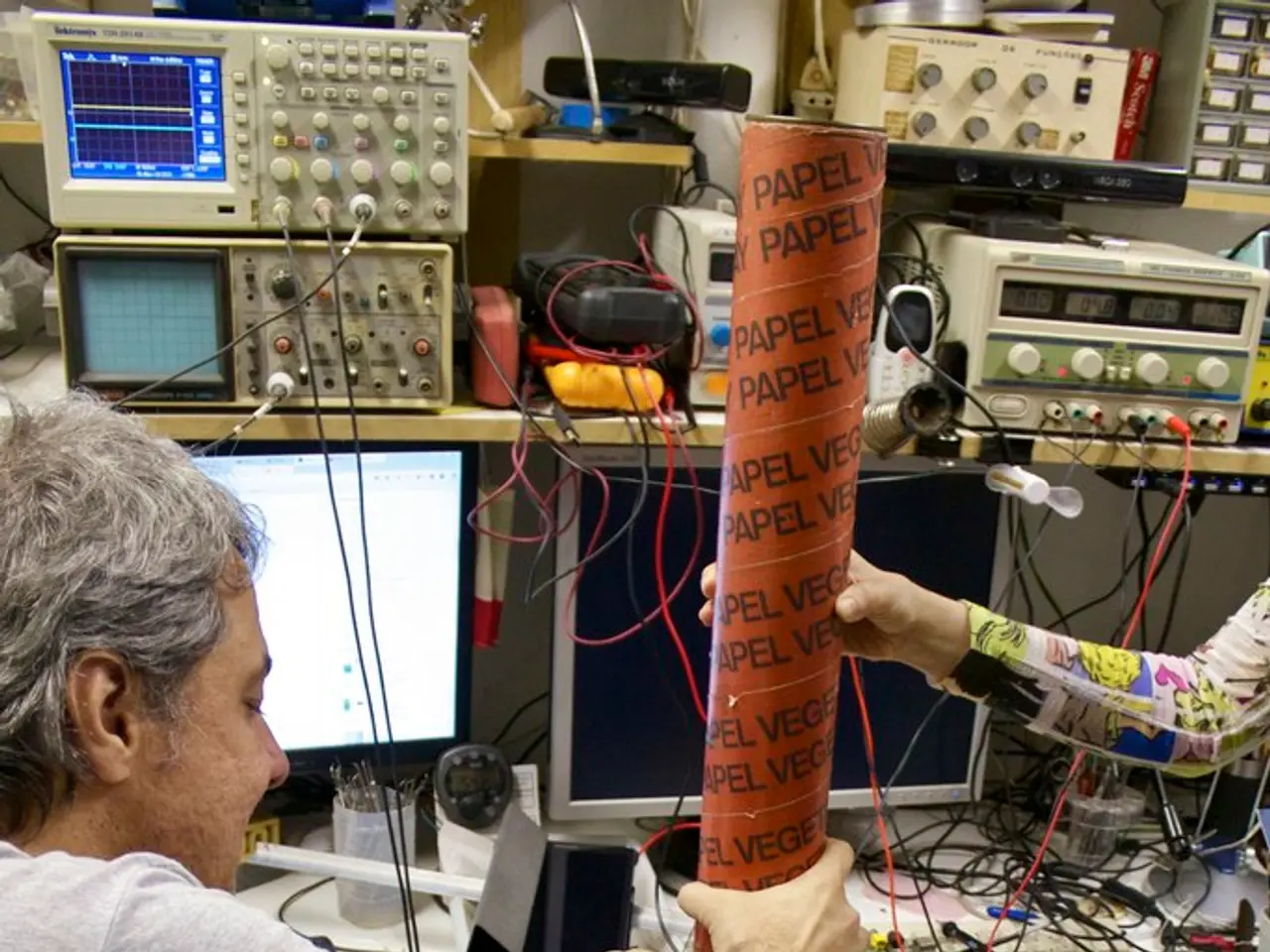3D Printed Joint Replacement Technology Receives £2.5 Million Funding from OSSTEC
In the ever-evolving world of medical technology, a London-based start-up named OSSTEC is making waves with its groundbreaking 3D printing technology. With a recent funding round of 2.5 million GBP, the company is poised to change the landscape of joint replacement implants.
OSSTEC's technology, the result of a decade of research at Imperial College London, promises to significantly reduce the risk of implant failure or complications, thereby improving patients' quality of life. The company's patented 3D printing technology mimics both cartilage articulating surfaces and bone-fixing structures, offering a tailored solution for individual patient anatomy.
This technological advancement comes at a time when the demand for more efficient and cost-effective healthcare solutions is on the rise. With over 450,000 young patients facing a high risk of failure and revision surgery, the need for a more durable solution is paramount. Cementless partial knee replacements, such as those offered by OSSTEC, have been shown to offer advantages over traditional cemented techniques, including improved clinical outcomes, survival rates, and more efficient workflows.
The use of 3D printing technology in joint replacement implants focuses on creating patient-specific, custom implants. Key innovations include the use of Direct Metal Laser Sintering (DMLS), which allows for the fabrication of complex titanium alloy or cobalt-chromium implants with optimized mechanical properties and porous structures to enhance osseointegration. This customization improves anatomical fit and biomechanical behavior, contributing to better clinical outcomes such as fewer complications and reduced revision surgeries.
Moreover, research is advancing in biocompatible and biodegradable material development for 3D-printed implants, aiming to further enhance patient safety and minimize the need for future revisions. Additionally, emerging ceramic scaffolds printed via advanced methods show promise in treating bone defects related to joint replacement scenarios, potentially improving implant integration and longevity.
OSSTEC's first product applies this technology in less invasive knee implants designed to stimulate bone growth. This development is expected to provide value for patients, surgeons, and the wider healthcare system, as it aligns with the market dynamics requiring the treatment of more people than ever before at reduced costs. The company's latest funding round advances OSSTEC to launch in the market and scale its impact with strategic partners in the medical field.
The application of 3D printing to produce highly customized implants tailored to individual patient anatomy, along with ongoing material innovations, represents a major leap forward in reducing implant failure and complications in joint replacement surgeries. As the global population continues to age, and the incidence of osteoarthritis—a leading cause of chronic pain affecting billions of people worldwide—increases, the need for such advancements becomes even more pressing. With over 1.3 million knee replacement surgeries performed globally each year, the potential impact of OSSTEC's technology cannot be overstated.
References:
[1] "Recent advancements in 3D printing technology for joint replacement implants" (source unavailable) [2] "Research advances in biocompatible and biodegradable material development for 3D-printed implants" (source unavailable) [3] "Clinical outcomes of custom 3D-printed implants in joint replacement surgeries" (source unavailable) [4] "Emerging ceramic scaffolds for bone defects in joint replacement scenarios" (source unavailable) [5] "Can smart biomaterials open up possibilities for patient-specific treatment?" (source unavailable) [6] "HCA becomes first UK provider of advanced robotic-assisted method for thoracic patients" (source unavailable)
- OSSTEC's 3D printing technology, a decade in the making, aims to revolutionize joint replacement implants, especially in light of the increasing demand for efficient and cost-effective digital health solutions.
- With 3D printing technology, OSSTEC produces patient-specific implants that mimic cartilage and bone, offering enhanced anatomical fit and potential improved clinical outcomes.
- Investment in OSSTEC's technology could be a significant opportunity for those interested in finance and investing in the health-and-wellness sector, as the need for more durable joint replacement implants is paramount for over 450,000 young patients at risk of revision surgery.
- The advancement of 3D printing technology in the medical field isn't limited to implants; ongoing research explores biocompatible and biodegradable materials, as well as ceramic scaffolds, to further enhance patient safety and long-term implant integration and longevity.




